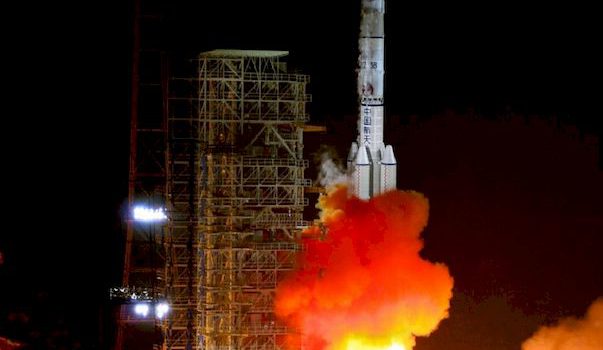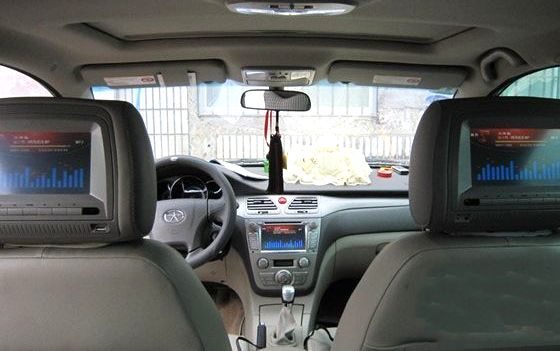On Tuesday June 23, China successfully launched the final satellite of the third generation Beidou Navigation Satellite System (BDS-3), completing global coverage of China’s own GPS-type navigation system, while marking China’s independence of the US-owned GPS.

The satellite was launched into orbit by a Long March 3B carrier rocket from the Xichang Satellite Launch Center in Southwest China’s Sichuan province. “Beidou” is China’s name for the “Big Dipper” or Ursa Major constellation, a traditional navigational aid for locating the North Star in the nighttime sky.
China’s progressive development in aerospace
The progressive deployment of the Beidou system is almost a thumbnail guide to China’s development as a significant global player in aerospace. According to the China Daily, Beidou began providing positioning, navigation, timing and messaging services to civilian users in China and other parts of the Asia-Pacific region in December 2012. At the end of 2018, Beidou started to provide global services.
Reports China Daily: “Currently, there are 29 third-generation Beidou satellites in three types of orbit – 24 in medium-Earth orbit, three in inclined geosynchronous satellite orbit and two in geostationary orbit.”1
This latest and final member of the BDS-3 generation satellites integrates both navigation and communication functions. Adds the China Daily, “The accuracy of dynamic positioning can reach the decimeter level, according to Liu Tianxiong, deputy chief designer of BDS-3 satellites.”2
It can provide services for driverless vehicles, the accurate berthing of ships, and the takeoff and landing of aircraft. It is expected to find numerous applications in the fields of communication, electric power, finance, mapping, transportation, fisheries, agriculture and forestry.
Beidou services are already available on an array of mobile phone offerings in China, and also available to participants in the Belt and Road initiative.
Challenging projects lie ahead
While the completion of the BDS-3 system marks China’s coming of age in aerospace, especially with the ability to operate independently of the other three space-based navigational systems currently in use (the US-owned GPS, Russia’s GLONASS and Europe’s Galileo), challenging projects lie ahead. As early as this summer, the plan is to launch a Mars probe and rover. Landing the rover on the Martian surface could be particularly tricky, given the huge distances and inevitable communications latencies involved.
Then all eyes are on China’s bid to build its own space station, within a 2022 timeframe. The planned launch date of the core module, the Tianhe, is 2021. When complete, the station is expected to have about a fifth of the mass of the International Space Station (ISS), at between 80 and 100 tonnes.
As the ISS has so clearly demonstrated, a crewed space station is not simply an exercise in gravity-free Lego construction. It requires a readily available fleet of space vehicles able to ferry crew members as well as supplies to and from Earth. China’s ability to do this completely reliably and safely will be the real test.
Meanwhile Long March rockets 5B, 6 & 7 have been developed to handle all the lifting, with the 5B regarded as the heavy lifter and the launch vehicle for the Mars probe, which could loft as early as this July.
Meanwhile, notes spacenews.com, “China’s nascent commercial space sector is also seeing the development of new light- and medium-lift launchers which could potentially provide launch services.” It’s a fair bet that this, and other aspects of China’s commitment to aerospace, could be an interesting opportunity for foreign investment.
Image
Launch of Long March 3B rocket, Xichang Satellite Center, China
Photo credit: AAxanderr (Own work, Public Domain, https://commons.wikimedia.org/w/index.php?curid=4595644)






